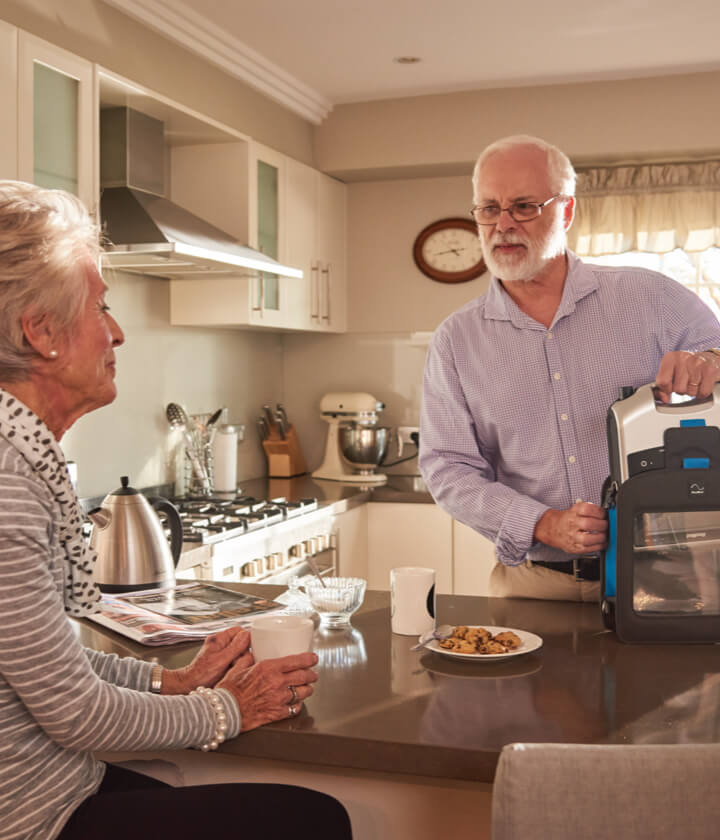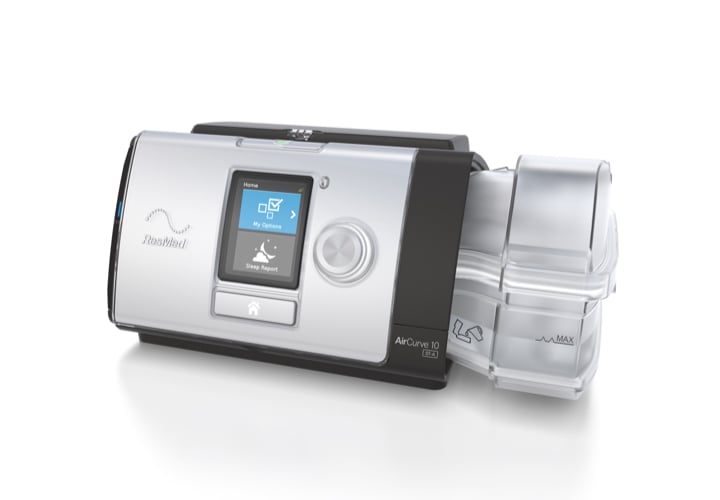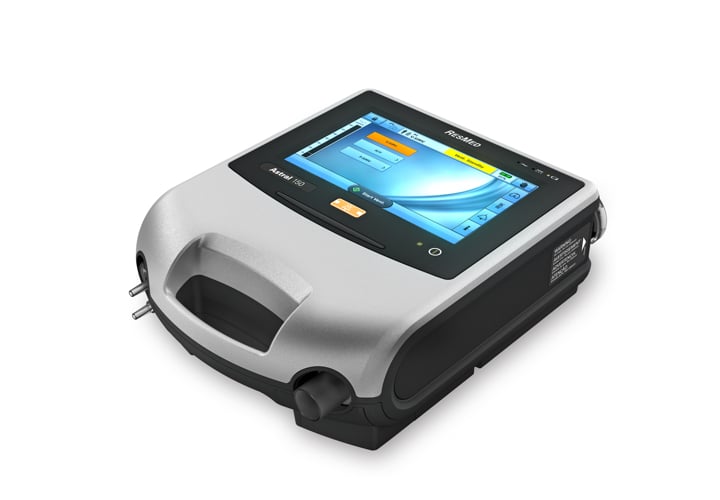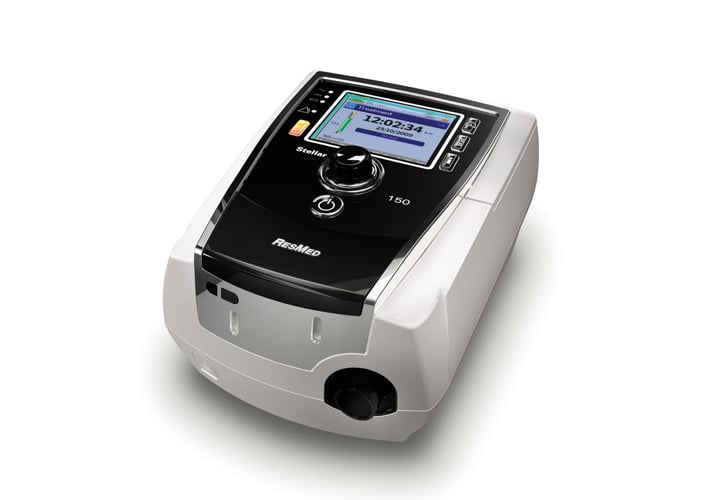Mechanical ventilation is a treatment that helps people breathe when they are not able to effectively breathe on their own, either due to illness or injury.

The function of your lungs is to inhale and distribute the oxygen your cells need to survive, and exhale the carbon dioxide that your body needs to eliminate.
When the act of breathing is difficult or not as effective at performing these functions as it should be, mechanical ventilation may be prescribed.
Air is pressurized in a device and is pushed into the lungs through a mask or mouthpiece.
It’s called “non-invasive” because it does not require surgery or any part of the device to be inserted into the airway.
Requires the insertion of a tube into the windpipe to deliver the pressurized air into the lungs.
Examples of invasive ventilation include:
Non-invasive ventilation devices support your breathing by providing a predetermined level of pressurized air when you breathe in (inhalation) and less pressure, or no pressure at all, when you breathe out (exhalation). 1 Source: “Ventilator/ventilator support,” National Heart, Lung and Blood Institute, accessed May 10, 2019, https://www.nhlbi.nih.gov/health-topics/ventilatorventilator-support. This helps oxygen get into your lungs and helps carbon dioxide get out.
The benefits of NIV depend on the condition it's prescribed for and how it works together with other treatments or medications you may have been prescribed. For many people, NIV may:
By easing the work of breathing, effective NIV therapy may improve your quality of life. Studies have shown that NIV can increase sleep duration and improve gas exchange in the blood, along with decreasing daytime fatigue and shortness of breath. 2 Source: Tsolaki et al, “One-year non-invasive ventilation in chronic hypercapnic COPD: Effect on quality of life,” Respiratory Medicine (2008) 102, 904–911. 3 Source: Hill NS, “Noninvasive ventilation for chronic obstructive pulmonary disease,” Respiratory Care, January 2004, 49 (1) 72-89. 4 Source: Duiverman et al, “Nocturnal non-invasive ventilation in addition to rehabilitation in hypercapnic patients with COPD,” Thorax (2008);93:1052–1057. doi:10.1136/thx.2008.099044.
People with respiratory conditions such as COPD may be hospitalized to stabilize their breathing. A recent study found that people with COPD who were hospitalized for respiratory failure and used NIV at home after their hospital stay were able to reduce their risk of being readmitted into the hospital within 180 days. 5Source: Galli JA, et al, “Home non-invasive ventilation use following acute hypercapnic respiratory failure in COPD,” Respiratory Medicine (2014).
Another study has shown that NIV therapy reduces the risk of death in people with COPD over one year by 76%. 6Source: Köhnlein T et al, “Non-invasive positive pressure ventilation for the treatment of severe stable chronic obstructive pulmonary disease: A prospective, multicentre, randomised, controlled clinical trial,” Lancet Respir Med (2014):698–705.



Source: “Ventilator/ventilator support,” National Heart, Lung and Blood Institute, accessed May 10, 2019, https://www.nhlbi.nih.gov/health-topics/ventilatorventilator-support.
Source: “Ventilator/ventilator support,” National Heart, Lung and Blood Institute, accessed May 10, 2019, https://www.nhlbi.nih.gov/health-topics/ventilatorventilator-support.
Source: Tsolaki et al, “One-year non-invasive ventilation in chronic hypercapnic COPD: Effect on quality of life,” Respiratory Medicine (2008) 102, 904–911.
Source: Hill NS, “Noninvasive ventilation for chronic obstructive pulmonary disease,” Respiratory Care, January 2004, 49 (1) 72-89.
Source: Duiverman et al, “Nocturnal non-invasive ventilation in addition to rehabilitation in hypercapnic patients with COPD,” Thorax (2008);93:1052–1057. doi:10.1136/thx.2008.099044.
Source: Galli JA, et al, “Home non-invasive ventilation use following acute hypercapnic respiratory failure in COPD,” Respiratory Medicine (2014).
Source: Köhnlein T et al, “Non-invasive positive pressure ventilation for the treatment of severe stable chronic obstructive pulmonary disease: A prospective, multicentre, randomised, controlled clinical trial,” Lancet Respir Med (2014):698–705.